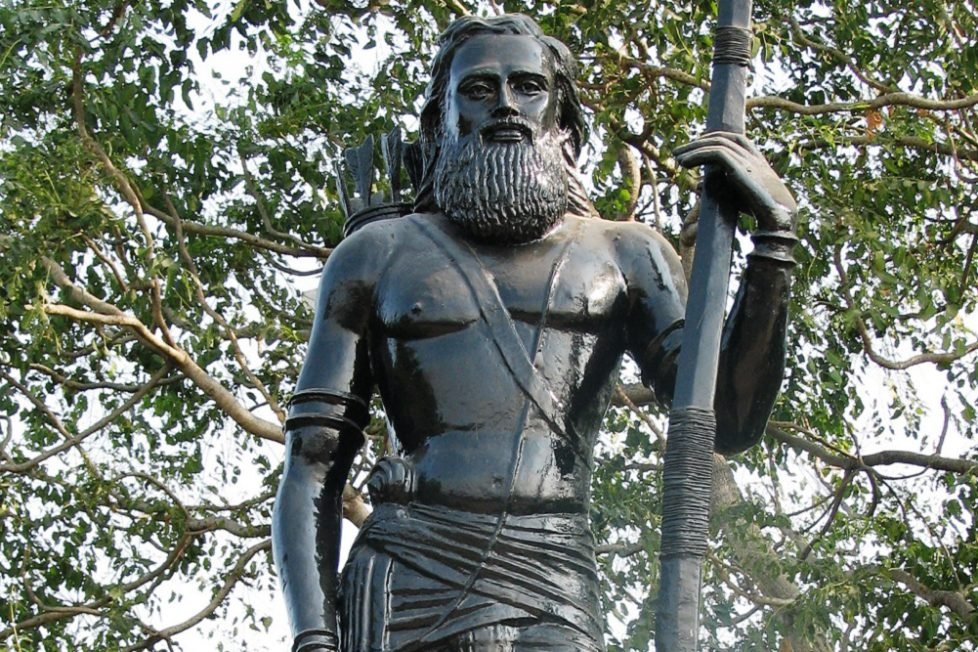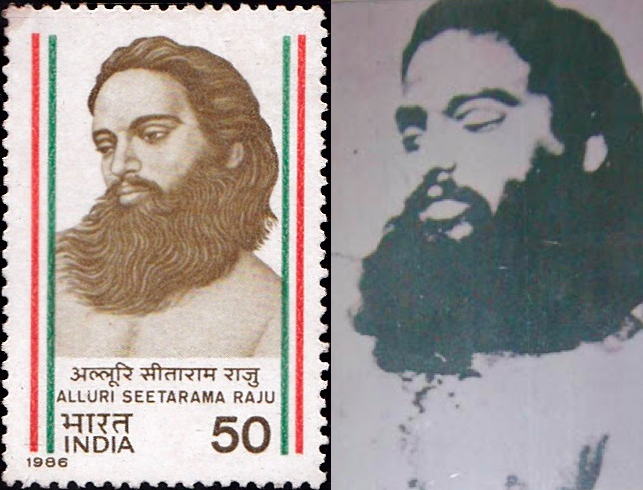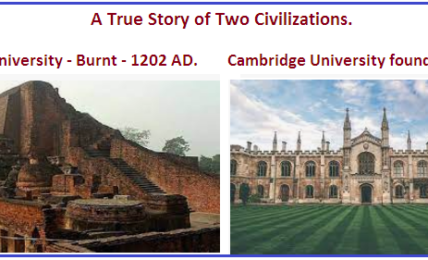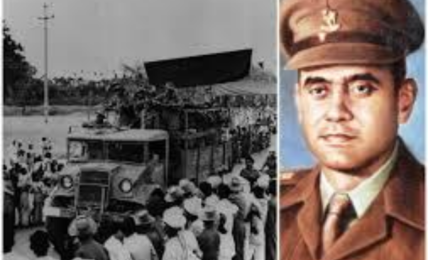Alluri Sita Rama Raju’s Rampa Fituri
Alluri Sita Rama Raju's Rampa Fituri is one of the last major tribal rebellion against the British Rule in India. Spread all over the tribal belt of North Andhra Pradesh corresponding to the current Araku Lok Sabha Constituency of Andhra Pradesh, the story of the rebellion is a saga of sticking to a stand even if it means on one side and on the other side, the opportunism of those who saw some use in this rebellion to further their own selfish ends.







¤
Alluri SitaRama Raju surrendered. He was not captured. The reason was that the MSP was indulging in Mass Rapes of Women in the villages & this Rape-Tactic was something Raju Could not counter. So inorder to save the honour of Women , Rama Raju surrendered.
When Rutherford Shot him slowly & calmly with dozens of Bullets , starting from foot till the 30th or 40th bullet pierced the heart , Rama Raju showed remarkable courage . For every bullet which struck his bones, he calmly Recited ” Rama “. There was no twitching of face musles, no expression of pain, no tears of pain in his eyes. It was almost like repeat of Guru Arjundev’s Martyrdom or the Martyrdom of Guru TegBahadur, or the Martyrdom of Banda Bairagi.
In this heroic Episode there were two villains. One was of course the Imperial British Government. Second was DURATMA GANDHI. DG never even attempted to expose the Brutalities of British Forces. He kept lecturing the Dharmic side / Victim on the virtues of Non-Violence and the Uncivilized path of Armed Rebellion. Duratma Gandhi was typically Colluding with the Imperials but pretending to be sympathising with the Suffering masses or the fighting heroes.
¤